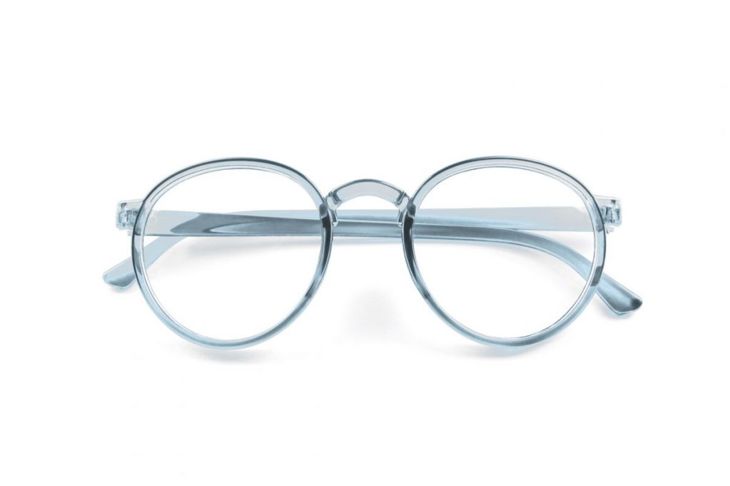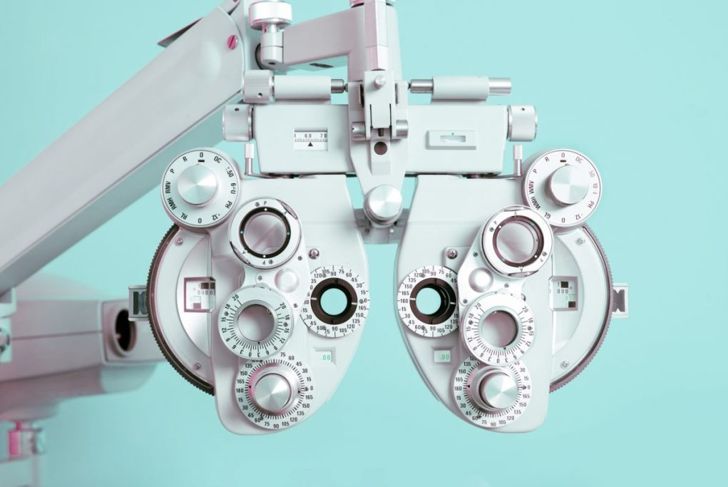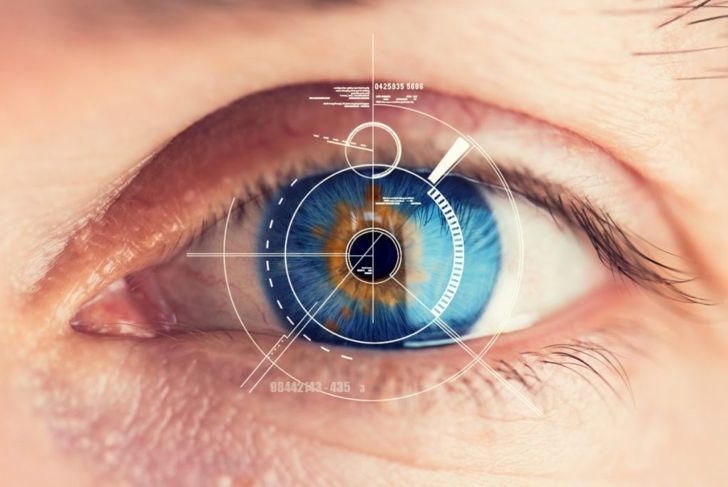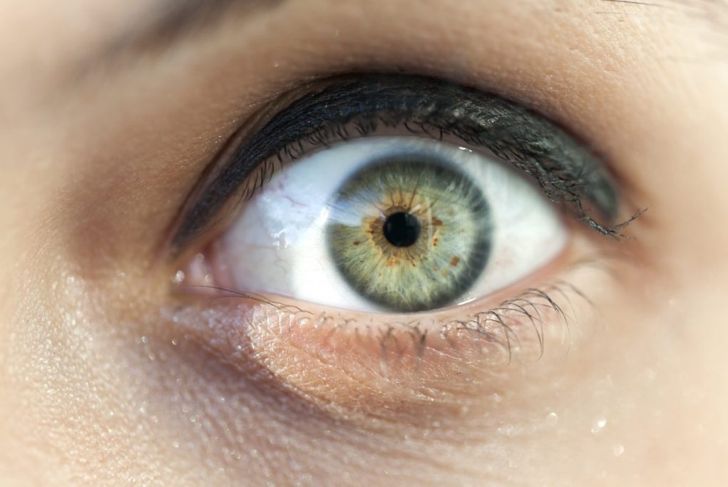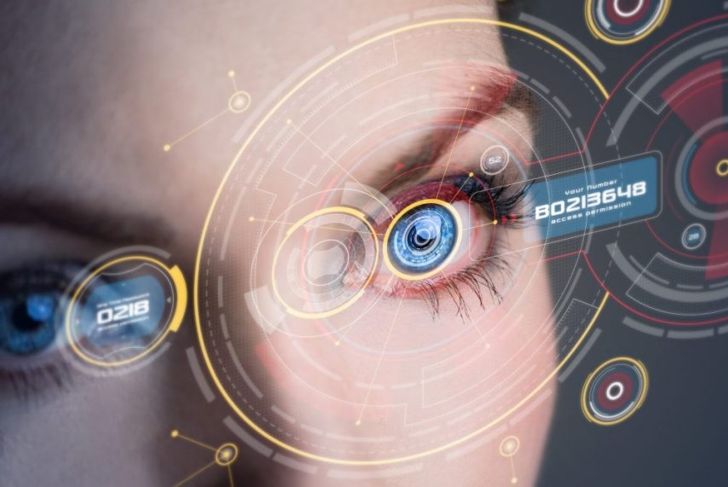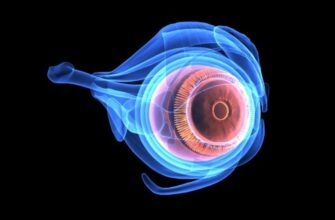A natural part of the aging process, presbyopia is the medical name for age-related near vision problems. Because it’s a sign of advanced age, the start of the condition is often a significant and emotional event. Primarily affecting those over the age of 40, presbyopia makes it difficult for the eyes to focus. It can become challenging to read the small print in a book or the screen of a smartphone. While it’s distressing to experience, there are several successful treatments for presbyopia.
What Causes Presbyopia?
Presbyopia occurs when the lens of the eye stiffens, making it much harder to focus on anything up close. As you reach middle age, the lens starts to lose its elasticity, and it becomes more difficult for the muscles to bend. Since it’s that bend that helps to control our focus, the less the flexibility, the less focus.
Who Gets Presbyopia?
Every living person will experience presbyopia as they age. While presbyopia becomes apparent in your early 40s, the degradation of the lens is a slow process. In fact, the lens starts stiffening in your late teens to your early 20s.
Symptoms of Presbyopia
One of the first signs you’re becoming presbyopic is the need to hold your phone or reading material at arm’s length. Because of this, eyecare professionals sometimes jokingly refer to presbyopia as, “long arm syndrome.” Some other symptoms of presbyopia include blurred vision when reading, eye strain when reading the small print, needing brighter light to see clearly, increased sensitivity to glare, and tension headaches. If you notice some of these symptoms under the age of 40, presbyopia could be to blame or another problem may be at play.
Eyeglasses
The simplest and most common treatment for eye problems, including presbyopia, is prescription eyeglasses. There are three types of corrective lenses that can address presbyopia: bifocal, trifocal, and progressive. Bifocal and trifocal lenses divided into two or three sections that work to correct vision at multiple distances. Progressive lenses, on the other hand, are the preferred lenses for most people with presbyopia. These no-line lenses correct vision at every distance without the potentially distracting seam. Progressive lenses are custom made to suit the patient’s personal needs.
Contact Lenses
Like eyeglasses, contact lenses can be used to correct the effects of presbyopia. Contact lenses generally work in the same way as eyeglasses, but they are often more expensive. Multifocal contact lenses work in the same way as bifocal and progressive lenses. Different parts of the lenses correct sight at different distances, addressing more than one vision problem at a time. Monovision therapy is a treatment approach where a single lens is worn in the eye for near vision. A lens for distant vision may be placed in the other eye, or none at all. It can take a while to get used to this, but after a brief adjustment period, most people do not even notice.
Monovision LASIK
LASIK is a corrective laser eye procedure. While LASIK can’t treat the cause of presbyopia, the procedure can lessen your need for glasses or contact lenses. Monovision LASIK is the most common laser eye procedure for presbyopia. It corrects your dominant eye for distance vision, leaving your less-dominant eye nearsighted. This might sound counter-intuitive, but a mildly nearsighted eye is still able to see things up close without reading glasses. While distance vision isn’t as crisp or clear as it would be without the nearsightedness, a lot of people consider this a worthy trade-off.
Multifocal LASIK
Unlike monovision LASIK, multifocal LASIK improves both distance vision and near vision by operating on both eyes. Also known as “PresbyLASIK,” this treatment creates power zones atop the cornea to improve the depth of vision and create a clear focus at both distances. While multifocal LASIK isn’t yet approved by the FDA, it’s been performed across Europe and in Canada since 2002.
Conductive Keratoplasty
Conductive keratoplasty is a common, non-invasive type of refractive surgery that uses the radio wave energy to shrink the collagen around the cornea. These radio waves tighten the fibers in the cornea, which reshapes them to improve presbyopic vision. The tissue reacts to these low energy radio waves, steepening the curvature of the cornea to help your eyes to focus on close-up objects once again.
Corneal Inlays
Corneal inlays are tiny lenses that are surgically planted inside the cornea to improve presbyopic vision. The FDA has approved two corneal inlays so far. One type of lens is implanted in the non-dominant eye. Its design allows it to extend and retract your range of vision. The other type is a bio-compatible gel designed to resemble your cornea. This inlay treats presbyopia and other nearsighted problems in a similar way to multifocal lenses.
Refractive Lens Exchange
Refractive lens exchange, also known as lens replacement surgery or clear lens extraction, may prove to be a better option than laser eye surgery when it comes to presbyopia. What refractive lens exchange does is almost identical to cataract surgery, the only difference being a cloudy or clear lens. This procedure replaces your eye’s natural lens with an artificial one, correcting refractive error. This helps you achieve a sharper focus and, as with conductive keratoplasty, reduces your need for glasses or contact lenses.

 Home
Home Health
Health Diet & Nutrition
Diet & Nutrition Living Well
Living Well More
More


